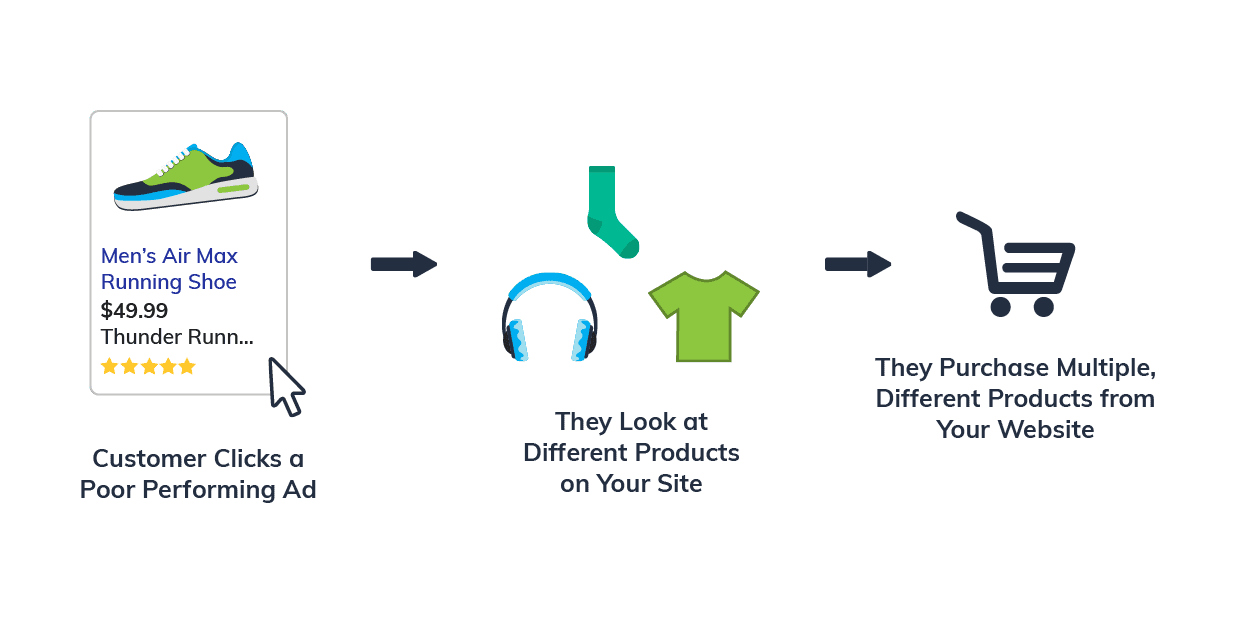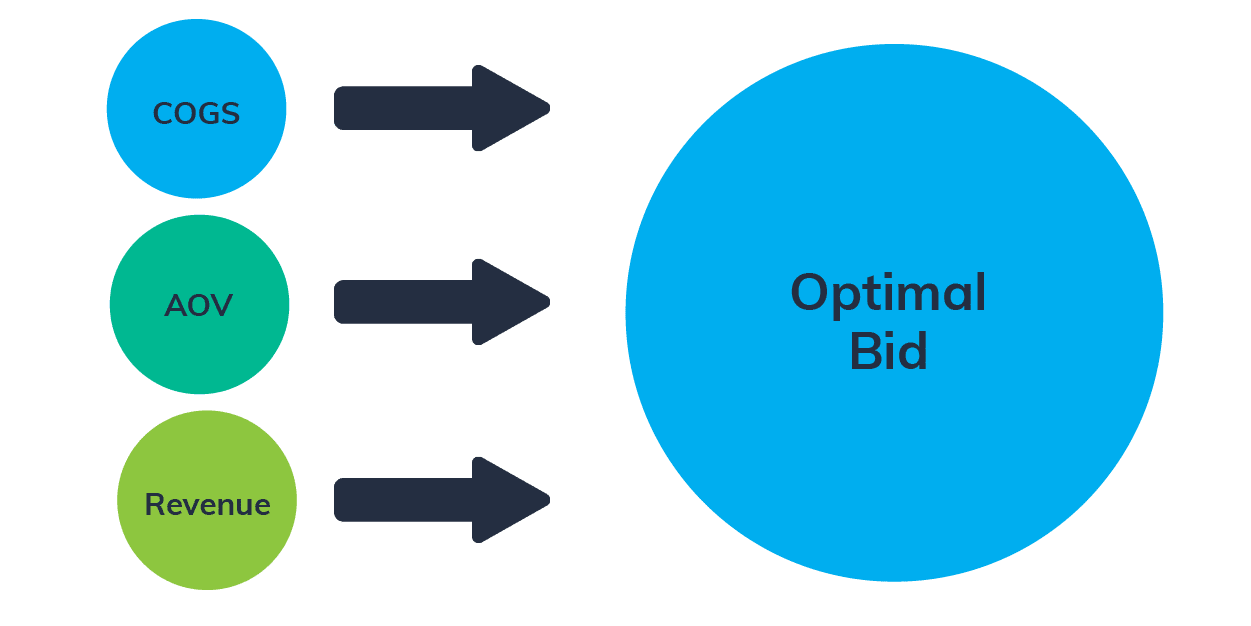If you track leads, you should also track revenue. Understanding revenue values as they relate to managing ad spending is a significant factor that all retailers should consider when evaluating their advertising. In this blog we’ll look at why you should track revenue for lead generation and how tracking revenue can help you optimize your campaigns.

Why Should You Track Revenue Figures for Lead Generation
Without knowing the revenue associated with your paid channels, you’re essentially optimizing against a cost-per-lead value. This isn’t detrimental, but when it comes to spending your money you’ll want to be able to track how each ad dollar impacted each sale.
By knowing the revenue associated with a lead generation program, you’ll be able to evaluate the success of your paid ads, cash flow, and ultimately the average revenue associated with a conversion.
If you offer a number of products or services (for example, you sell multiple spa services versus just one) you’ll at the very least want to know the average value is per conversion, assuming you cannot track values to a specific campaign. However, with more in-depth reporting that allows you to associate revenue figures to campaigns, you can begin to understand values as they relate to specific segments in your account.
Let’s take a look at an example.

Example of How Revenue Figures Help with Lead Generation

Imagine you realize you’ve been spending a lot for a segment with poor margins. Since you don’t have concrete revenue figures, you decide to lower cost per lead (CPL) targets within this segment.
However, when you start tracking revenue, you realize the true value of this poor performing ad group. You find out that when someone clicks an ad within the low margin segment, they tend to order up and purchase multiple services.
This indicates that you might want to be more aggressive within the poor performing segment. Without tracking revenue, you would have missed out on the leads this segment generates for you!

Tracking Cost of Goods Sold for Lead Generation

Just as it’s important to understand your revenue figures, it’s equally important to know your cost of goods sold for lead generation. At the very least you should have a strategy that incorporates both your cost of goods sold and your average customer value, as this will determine optimal bids.. Adding in revenue, even if you can’t relate campaigns to sales, is still better than having no revenue associated with a program. With revenue figures, you can still determine conversion rates from leads, average order value, and more.

Ready to start tracking revenue associated with your leads? Reach out to speak to an Omnitail analyst today! We also provide a seamless way to connect your customer and product data with our eCommerce integration for Shopify stores. Learn more about our Shopify Integration here.








